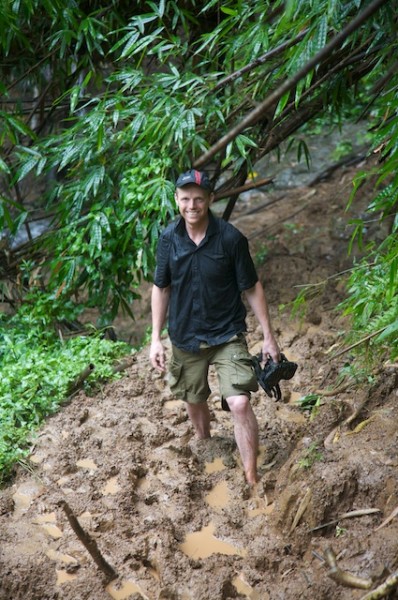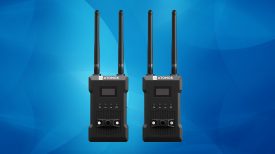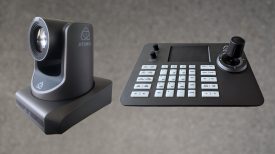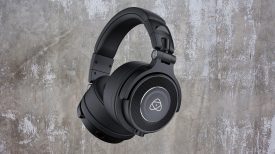Guest post by Pete Pattisson:
Conflict in Kachin State, Burma from Pete Pattisson on Vimeo.
I am a full-time teacher, and a part-time video journalist – partly because I love teaching, and partly because I haven’t yet figured out a way to make a living from video journalism. For the past eight years I’ve spent my school holidays photographing and filming stories that I think are important and inspiring, including a global project on modern forms of slavery. Film-making, for me, is really about opening people’s eyes to a story I think the world needs to know about.
A number of years ago I changed from primarily taking photographs to making films. I did this because I found film-making more creative, but also because with the growth of web video I could make more money from film than photos. Most of my films have been published by The Guardian online, and while I admire their commitment to running global stories, they only pay enough to cover a small proportion of my costs.
When I found out that Aung San Suu Kyi‘s by-election in April coincided with my spring school holidays, I couldn’t resist going to film it. I’ve been passionate about Burma since I visited eastern Karen State in 2005, and have made five visits to the country since.
I had always used a traditional video camera, most recently a JVC GY-HM100, but for this trip I wanted to try shooting with a DSLR, largely because of its stunning image. The key for me was to keep my gear light and discreet – I’ve never quite seen the point of buying a DSLR for filming, and then pimping it until it looks, weighs and costs as much as a top end camera. So I bought a Canon 60D, because its articulated screen meant I didn’t feel the need for an external monitor. It also uses the same memory cards as the JVC, so I could interchange them as necessary. I also installed Magic Lantern software, which meant I could keep the audio set-up simple. For interviews I just turned off the AGC, turned up the manual audio gain as high as it would go, and recorded directly into the camera with a lavalier microphone.
I travelled to Suu Kyi’s constituency of Kawhmu on the day of the by-election, but after five minutes of filming with the DSLR I ditched it and returned to my JVC. I just couldn’t operate it quickly enough in a fast news situation. It was probably a good decision, as I managed to put together a short film of the day, and send it to the Guardian, who ran it the following day.
After the by-election, I travelled to northern Kachin state; away from all the positive news coming out of Burma, a vicious conflict is raging between the Burmese army and the Kachin Independence Army. In June 2011, a 17 year ceasefire between the ethnic minority Kachin and the Burmese military broke down over a disputed hydro-electric plant. Around 70,000 Kachin villagers have fled the worst excesses of the Burmese troops, and are now living in camps along the Burma-China border.
The only way to get to the conflict zone is by slipping across the border between China and Burma. It’s a long and expensive journey. I only had two days to film the story, and while the Kachin administration is happy to support journalists, my translators always wanted to stop filming before I did. Despite the pressure of time, I gradually became used to the D60. It does take a little longer to get the set-up right before you hit record, but the quality of the image more than compensates.

My business model for video journalism is based on earning enough money as a teacher to afford to make films in my spare time. In fact, the only time I’ve made a profit from a film is when I was commissioned by an charity. As a freelancer, shooting the work that I do, I can’t yet see any other way to make it pay. So while I always try to get the highest fee from any publisher, I judge my success not by profit, but by whether I’ve been able to publicise an issue that I feel is important.
Pete Pattisson is a freelance video journalist. You can find out more about his work on his website.





